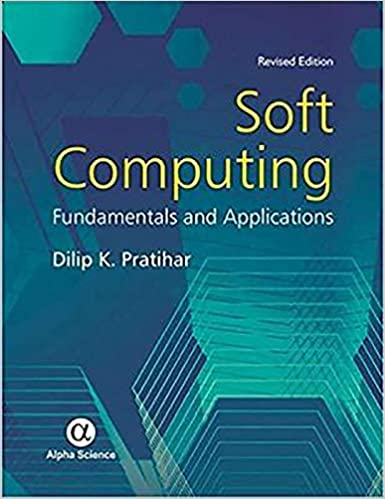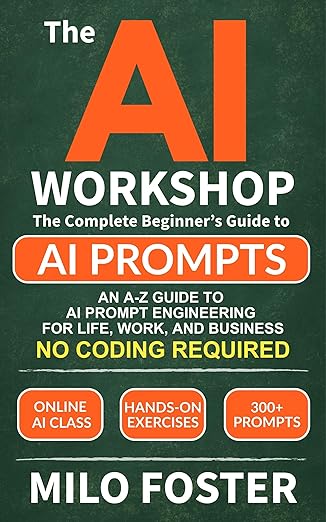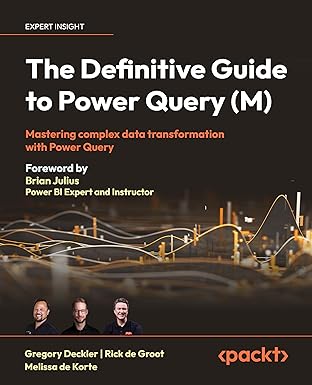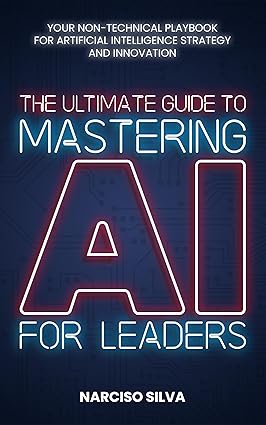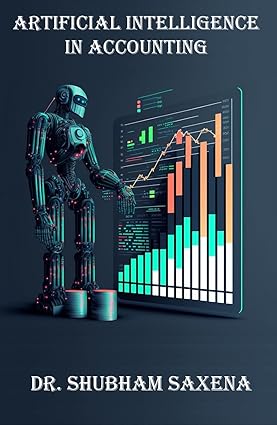Soft Computing starts with an introduction to soft computing, a family consists of many members, namely genetic algorithms (GAs), fuzzy logic (FL), neural networks (NNs), and others. To realize the need for a non-traditional optimization tool like GA, one chapter is devoted to explain the principle of traditional optimization. The working cycle of a GA is explained in detail. The mechanisms of some specialized GAs are then discussed with some appropriate examples. The working principles of some other non-traditional optimization tools like simulated annealing (SA) and particle swarm optimization (PSO) are discussed in detail. Multi-objective optimization has been dealt in a separate chapter, where the working principles of a few approaches are explained. Fuzzy sets are introduced before explaining the principle of fuzzy reasoning and clustering. The fundamentals of NNs are presented, prior to the discussion on various forms of NN. The combined techniques, such as GA-FL, GA-NN, NN-FL and GA-FL-NN are then explained, and the last chapter deals with the applications of soft computing in two different fields of research.
It has been written to fulfill the requirements of a large number of readers belonging to various disciplines of engineering and general sciences. The algorithms are discussed with a number of solved numerical examples. It will be very much helpful to the students, scientists and practicing engineers.
چکیده فارسی
محاسبات نرم با مقدمهای بر محاسبات نرم شروع میشود، یک خانواده از اعضای زیادی تشکیل شده است، بهعنوان مثال الگوریتمهای ژنتیک (GA)، منطق فازی (FL)، شبکههای عصبی (NN)، و غیره. برای درک نیاز به یک ابزار بهینه سازی غیر سنتی مانند GA، یک فصل به توضیح اصل بهینه سازی سنتی اختصاص داده شده است. چرخه کاری یک GA به تفصیل توضیح داده شده است. مکانیسم های برخی از GA های تخصصی سپس با چند مثال مناسب مورد بحث قرار می گیرند. اصول کار برخی دیگر از ابزارهای بهینه سازی غیر سنتی مانند بازپخت شبیه سازی شده (SA) و بهینه سازی ازدحام ذرات (PSO) به تفصیل مورد بحث قرار گرفته است. بهینهسازی چند هدفه در فصلی جداگانه بررسی شده است که در آن اصول کار چند رویکرد توضیح داده شده است. مجموعه های فازی قبل از توضیح اصل استدلال و خوشه بندی فازی معرفی می شوند. مبانی NN ها قبل از بحث در مورد اشکال مختلف NN ارائه شده است. سپس تکنیک های ترکیبی، مانند GA-FL، GA-NN، NN-FL و GA-FL-NN توضیح داده می شود و فصل آخر به کاربردهای محاسبات نرم در دو زمینه مختلف تحقیقاتی می پردازد.
برای برآوردن نیازهای تعداد زیادی از خوانندگان متعلق به رشته های مختلف مهندسی و علوم عمومی نوشته شده است. الگوریتم ها با تعدادی مثال عددی حل شده مورد بحث قرار می گیرند. برای دانشجویان، دانشمندان و مهندسان شاغل بسیار مفید خواهد بود.
ادامه ...
بستن ...
- ISBN-10 : 1783322055
- ISBN-13 : 978-1783322053
ادامه ...
بستن ...
